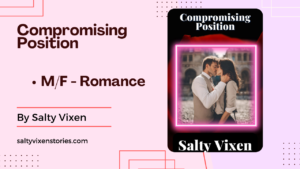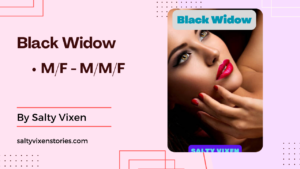What gives me the right to single out ten plants as the worst plants to grow in your yard? Isn't that a subjective judgment? Let me assure you that my selections are not arbitrary. I've applied the NUTS rule in making my picks.
What is the NUTS rule? The acronym breaks down as follows:
- Noxious
- Unstable
- Troublesome
- Spreading
By "noxious" I mean that the plant in question can have an adverse impact on one's health. Some plants cause rashes, others are toxic if ingested, while still others are the bane of allergy sufferers.
The plants that I'm calling out for being "unstable" are those that at first seem robust enough to the newbie but then prove themselves to be surprisingly susceptible to storm damage. I reserve this category for trees and shrubs (so I'm not talking about tall perennials that will flop over unless you stake them).
Plants subject to the charge of being "troublesome" cause us an undue amount of work. For example, they may be messy or they may demand constant landscape maintenance.
Finally, there are the plants guilty of "spreading." Not that spreading is always a bad thing: sometimes, we really do want to have a plant spread. But the plants in this final category are those that spread against our wishes. You know the type: these are the infamous garden thugs. In a sense, this group is a sub-category of the prior one (i.e., the troublesome plants). But they're such a notorious group that most writers deem it worthwhile to treat them separately, for educational purposes.
1. Ajuga Plants
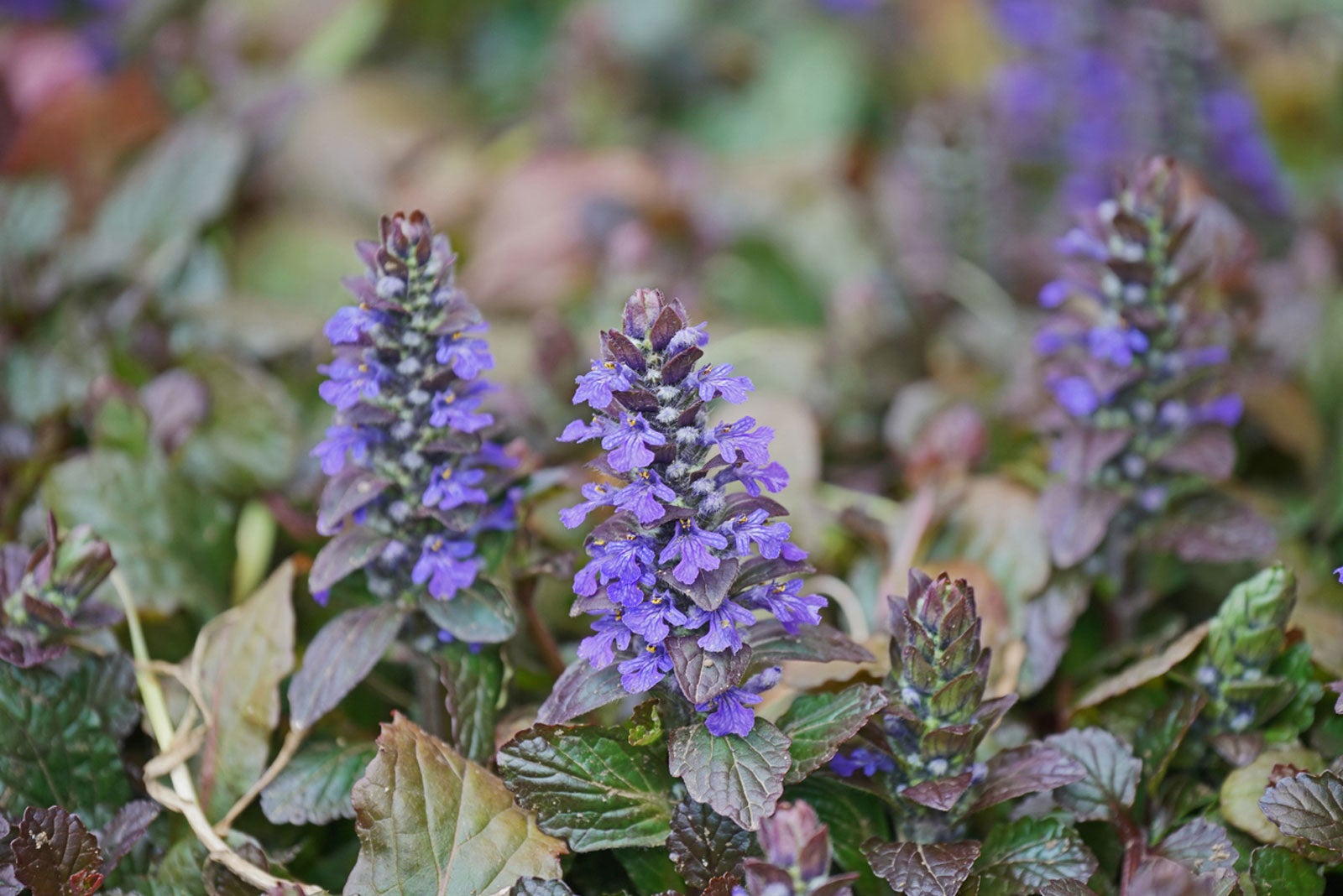
In looking at the lists of worst plants to grow in your landscaping that others have composed, I've noticed two dominant themes:
- Worst invasive plants
- Most "overused" plants
I do use #1 as one of my criteria (invasive plants fit within my Spreading category, the S in NUTS). But in the interests of balance, I don't let it dominate my list. My other three criteria deserve just as much of your attention when you're engaged in plant selection for your yard. So I'll talk about three such plants below, right at the outset, then have done with it.
As for #2 above, I don't put much stock in the "overused plants" argument. If I like a plant, I use it -- period. The fact that someone else is or is not using it influences my decision not one iota.
The first plant I'll accuse of spreading so vigorously as to disqualify it from landscape use is Ajuga reptans. Commonly known as "bugleweed," I've been pulling up this flowering ground cover for years in my own landscape. As with all the entries on this list, there's a legitimate use somewhere, under some circumstances, for bugleweed; you can read about its attributes by clicking on its picture. But if I ever succeed in eradicating it from my own yard, believe me, I will never reintroduce it.
2. Sweet Autumn Clematis

The first year one grows sweet autumn clematis in the yard, it can seem like a pretty sweet choice. Puffy floral clouds emerge from the mass of vines in fall, lighting up the fence, arbor, stone wall, etc. upon which you've allowed the plant to grow. It will turn heads in the neighborhood, and you'll be sad when the blooms wave good-bye.
Then reality settles in during the next year. And the next after that. And...well, let's just say for an indeterminate period of time.
Why? What's the problem? you ask. Sweet autumn clematis reseeds, allowing it to spread -- all over the place. It will reseed where you least expect it to, the seedlings lurking under the dense foliage of some shrub until you finally discover it one day while inspecting your garden. This game of hide-and-seek will take years to play itself out.
The display of sweet autumn clematis can be magnificent. But is it worth it? Only you can answer that.
3. Trumpet Vines

OK, as I said, I'm not going to overdo it with the spreaders: that's been done to death. But I do want to make a point with this last one: namely, trumpet vine (Campsis radicans).
You won't necessarily find trumpet vine on lists of invasive plants. It is a North American native, and it's typically exotic plants that make their way onto such lists. But a plant needn't be classified as "invasive" in order to be aggressive. Trumpet vine is, in fact, a very aggressive spreader.
Nor is it alone in this regard. Another vine not classified as invasive in North America (where it's a native) but that is overly aggressive for small yards is Virginia creeper. There's another disincentive to growing the latter: it can give some people a rash (thus it doubles as a noxious plant).
4. White Ash Trees (Male)

Speaking of noxious specimens, let's move on to that category. There are some plants you may wish to avoid growing in your landscape if you have problems with allergies. Here's one example:
White ash trees (Fraxinus americana) are dioecious. The male trees are among the worst plants you can grow in your yard if you're an allergy sufferer.
True, as you can see from my photo, white ash trees can be beautiful in the fall. Remember, NUTS spelled backward is "stun," and some of these plants can exhibit a stunning beauty. You'll have to weigh a number of factors before deciding whether, in your particular case, you should embrace or reject a plant on my list. If you're not an allergy sufferer, white ash may be a wonderful choice for your yard. But if you do happen to be an allergy sufferer, you'll be glad I included it on my list.
5. Tansy
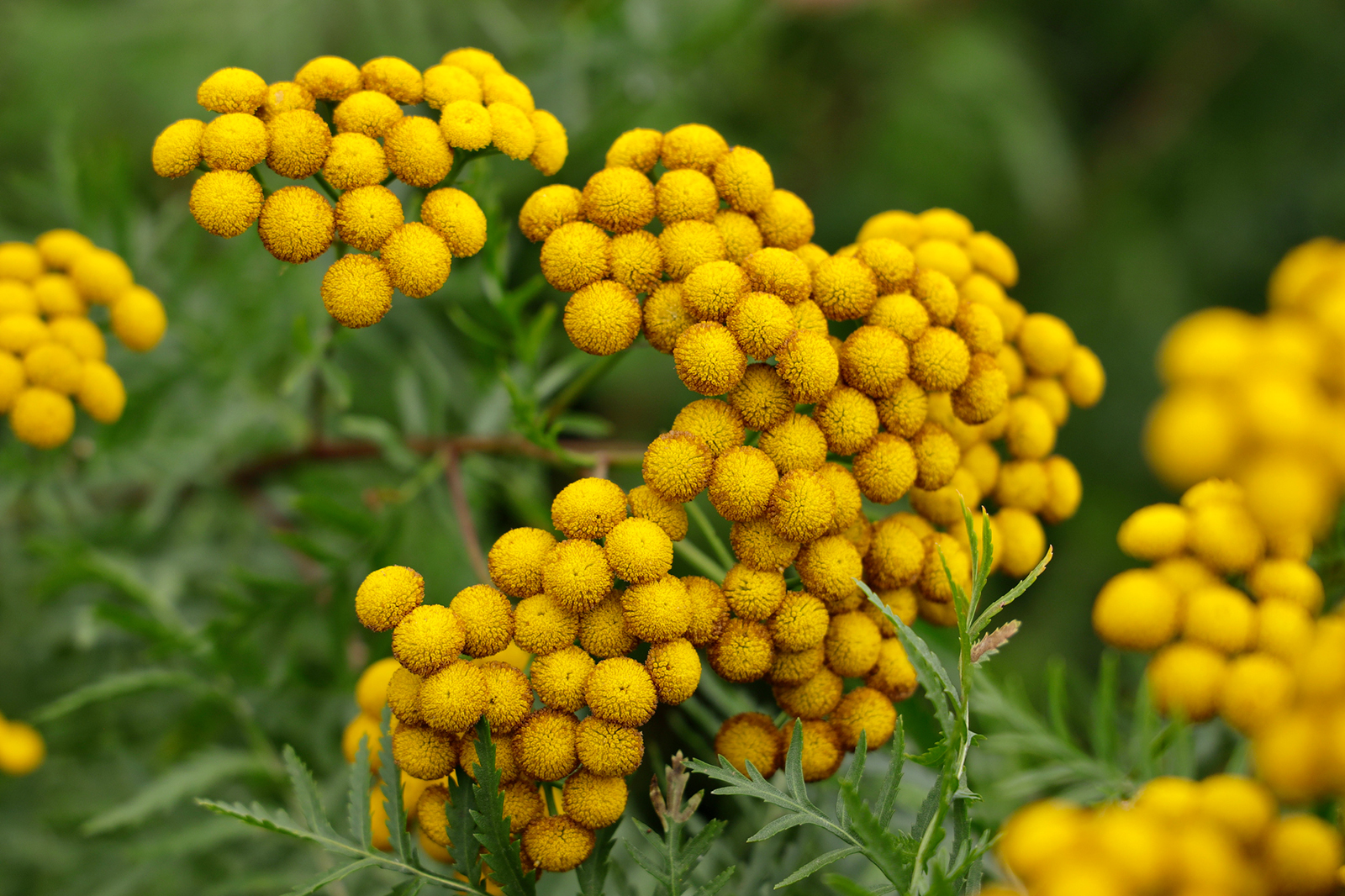
Tansy is another noxious plant. Specifically, it is a poisonous plant if ingested, being toxic both to people and to livestock. Furthermore, like Virginia creeper (see above), tansy is doubly undesirable, because it is also invasive. As with all the entries on this list, click on the picture to read more about it.
6. Ginkgo Biloba Trees (Female)

On to the troublesome category. I'll begin by listing Ginkgo biloba as an example. But notice that I have written "female" in parentheses above.
In a prior entry, I had done the same with white ash -- but I had singled out the male plant. That's because, in that case, we were talking about pollen.
Here, pollen is not the issue. The issue, rather, is the fruit. The fruit that the female trees bear is messy and disagreeable. Consequently, this is not the type of tree you would want to plant near a patio or driveway, say, where you would have to worry about cleaning up the numerous fruits that a mature specimen would produce. Ginkgo biloba is a great tree -- if you stick with the male
7. Large Lawns
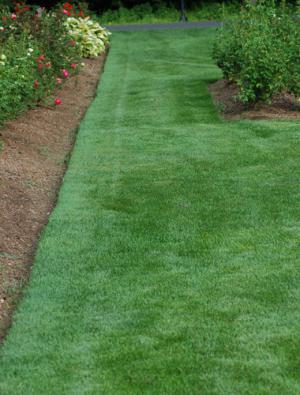
Yes, I know a "lawn" is not a plant, per se. Rather, it's a whole bunch of little grass plants. But in landscaping, we tend to consider this mass as a unit. As such, it can be thought of, in a sense, as being on a par with other living units in the landscape. This allows us to evaluate the pros and cons of lawns in the same way as we do for individual plants.
Large lawns qualify as troublesome because of the constant upkeep that they require. Of course, if you don't mind this upkeep, that puts the issue in a different light (no harm, no foul). Some people love lawns. More power to them. Besides, in other cases, there may not be a better alternative, taking into account all your tastes and goals.
But sometimes, for some of us, there is a better alternative. Many a suburban homeowner would be better off eliminating at least some of the lawn and using the freed-up space to enlarge flower borders, for example.
8. Bradford Pear Trees
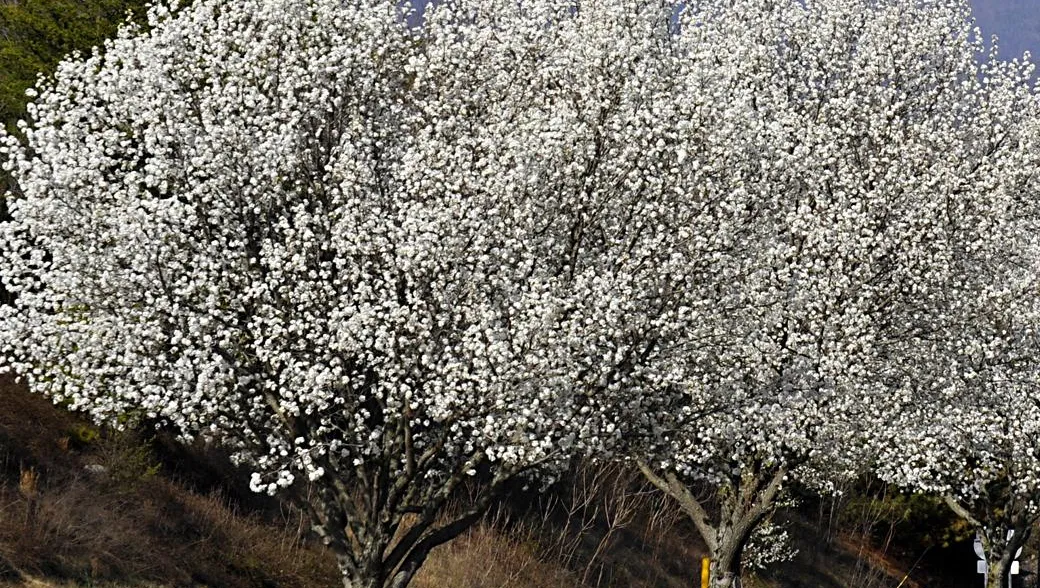
I'll conclude by mentioning three examples that make my list of worst plants to grow in your yard due to the fact that they are unstable.
It's easy to see why people are tempted to grow Bradford pear trees in their yards. Not only do they offer a veritable blizzard of blossoms in spring, but they also furnish your landscaping with colorful autumn leaves.
But they have a fatal flaw: weak branches. You may end up losing your specimen to winter damage just after it comes into its prime -- a disappointing turn of events, for sure. If you require extra disincentive to grow Bradford pears, note that they bear bad-smelling flowers.
9. Leyland Cypress
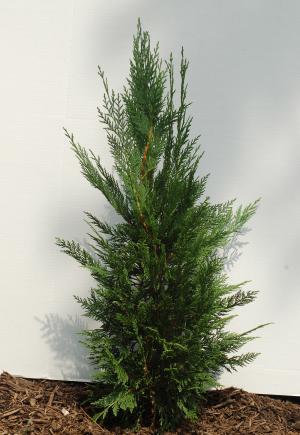
What's Leyland cypress' fatal flaw? Shallow roots. When these trees put on some height, they can be blown over relatively easily by high winds.
Add to this the fact that the trees are susceptible to canker and it's hard not to conclude that it may be best to stay away from Leyland cypress if you have a good alternative (arborvitae will be a good substitute for some folks).
10. Lombardy Poplar

In my travels, I commonly encounter old Lombardy poplar trees that have "gone to pot." These can be real eyesores in a landscape. Like Leyland cypress, they are known for often coming down with a case of canker. The trees are short-lived, to boot.
Sure, when they start looking bad, you can always get rid of them. Or can you? The root systems, which are infamous for pushing up suckers, can be very difficult to eradicate. Those roots can also damage drainage systems. For all these reasons, the consensus is that Lombardy poplars are one of the worst plants to grow in your yard.
I've handled my own Lombardy poplars differently than most landscapers do. I've treated them as shrubs through pruning and shearing. They function as a short privacy hedge in my yard (well, short by Lombardy poplar standards). I've never had any problems with them, personally.
This is a good point to end on, because my NUTS rule is meant to be helpful, not dogmatic. Everyone's circumstances are different, so what works for you might not work for someone else, and vice versa. Perhaps you grow one of the plants listed above in your yard and have nothing but good things to say about it. Don't be afraid to say so: I'm a "different strokes for different folks" kind of guy, so I won't think you're nuts.






